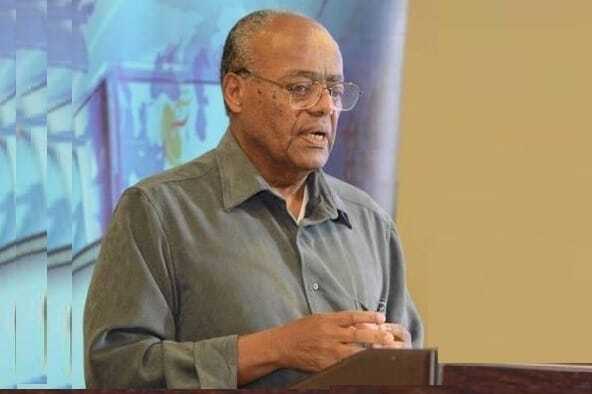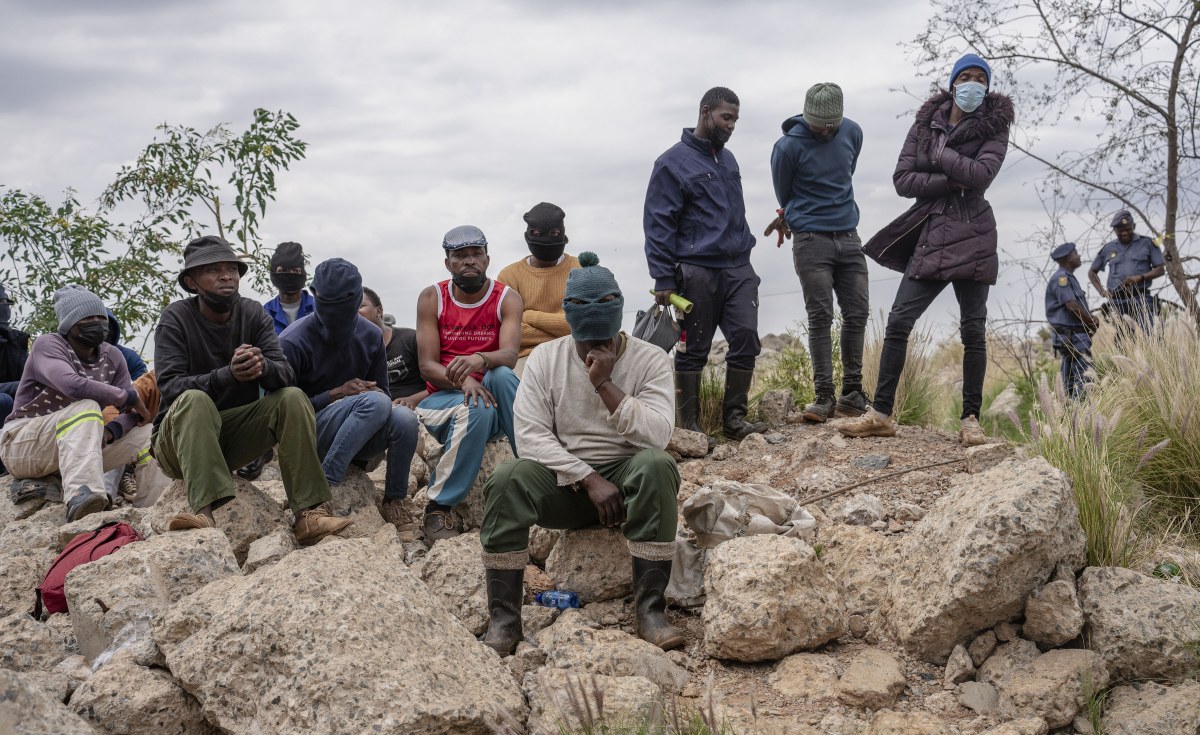The festive season has started on a bleak note, with the preliminary road statistics showing that in the first six days of this month, 162 fatal crashes and 193 deaths were recorded in the country.
“To date, Gauteng and KwaZulu-Natal have the highest number of accidents and fatalities, with a concentration of incidents in the metros. While current figures represent a decrease compared to the same period last year, these figures are still too high,” Transport Minister Barbara Creecy said on Monday.
Addressing media during the Cross-Alive Road Safety campaign at the Lebombo Border Post, the Minister said the most recent data was collected at the end of Friday, 6 December, and preliminary analysis of the figures indicated a high number of buses and trucks involved in accidents, with most of the accidents occurring after dark.
“To rectify this situation, urgent meetings will be convened this week with bus and truck operators, as well as traffic management authorities in the provinces and metros concerned.
“Road traffic operations in the first five days of December stopped nearly 200 000 vehicles and made 512 arrests. The top five offences include speeding; driving without a seat belt; driving an unlicensed vehicle; driving without a driving licence and driving a vehicle with worn tyres,” Creecy said.
Mpumalanga accounted for the highest number of impounded vehicle,s with 267 vehicles being taken off the road.
“Government is working hard to increase traffic patrolling and law enforcement operations. However, government alone cannot change this reality. We can only save lives if road users change their behaviour, because it is the behaviour of people that leads to most of the deaths on our roads,” the Minister said.
She reiterated government’s message on road safety.
“Before any journey, check your vehicle and make sure it is roadworthy. Make sure your public driving permit is in order if you need one, and carry a valid driver’s licence.
“If you are a pedestrian this festive season, make smart choices. Only cross the road at a marked intersection or pedestrian crossing. Avoid jaywalking and wear bright clothing at night,” Creecy said.
She reminded those who will be getting behind the wheel on a long journey to take a break every two hours or every 200 kilometres.
“Remember, buckle up and stay within the speed limit. Do not overtake on a barrier line. Travel during the day – it is safer. If you are planning to party, please do not drink and drive. Please do not drink and walk. Stay over or appoint a designated driver who will not drink, or use public transport,” Creecy said.
Lebombo Border
The Minister visited the Lebombo Border post to receive first-hand information on the work that has been done to decongest trucks waiting to cross into Mozambique.
The Minister’s visit was necessitated by reports received on Saturday morning on the closure of the border, which had resulted in trucks queuing on the South African side.
“The queue reached distances of more than 20 kilometres, and this brought other challenges. This means that the Mozambiquan authorities opened the border to allow returning empty trucks and for passenger vehicles to leave that country. Since [Sunday], passenger vehicles have also been allowed to cross the border into Mozambique
“To address this challenge, my department is working with the Cross-Border Road Transport Agency and other law enforcement agencies to develop a plan to address this dire situation. Our country’s border authorities are in touch with their Mozambican counterparts, who will advise when it is safe for freight vehicles to cross the border,” the Minister said.
The Cross-Border Road Transport Agency is also in touch with the trucking industry to update them on the current situation.
“This situation has happened on a number of occasions in recent times. We plead for patience from the truck drivers, who have to stomach a very frustrating situation and spend long hours on the road,” the Minister said.










